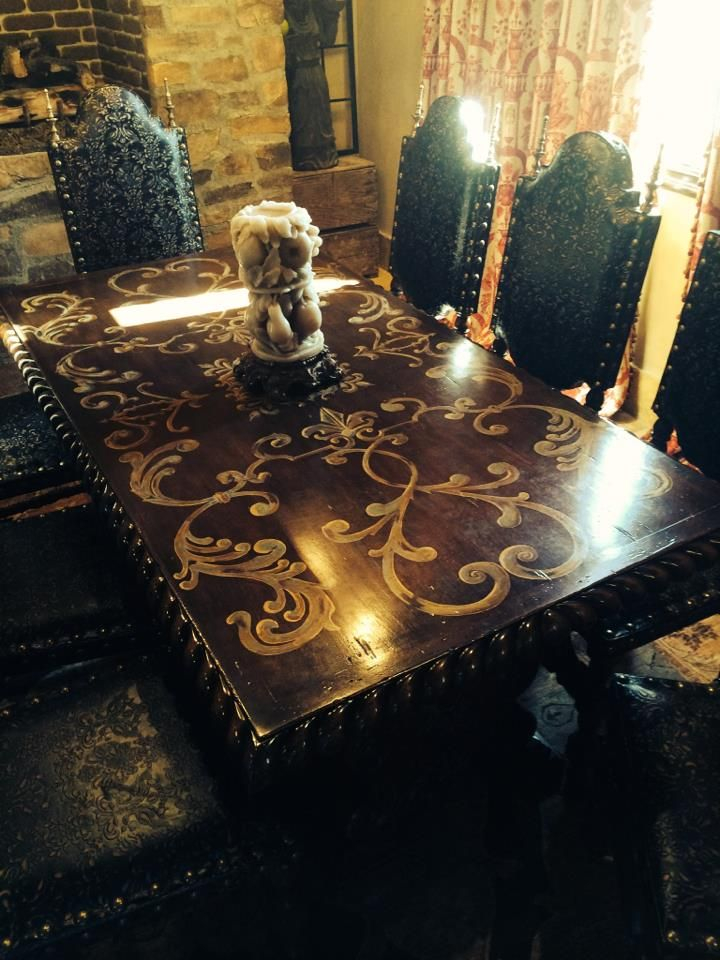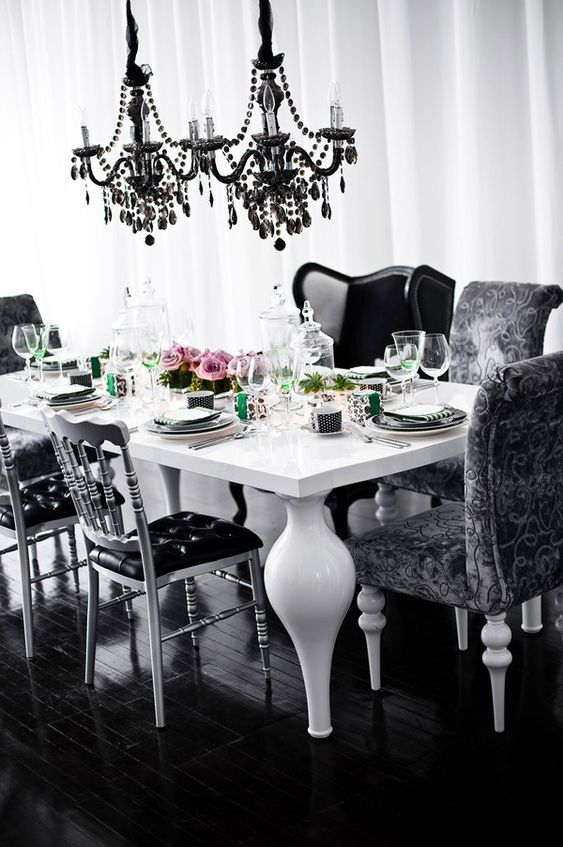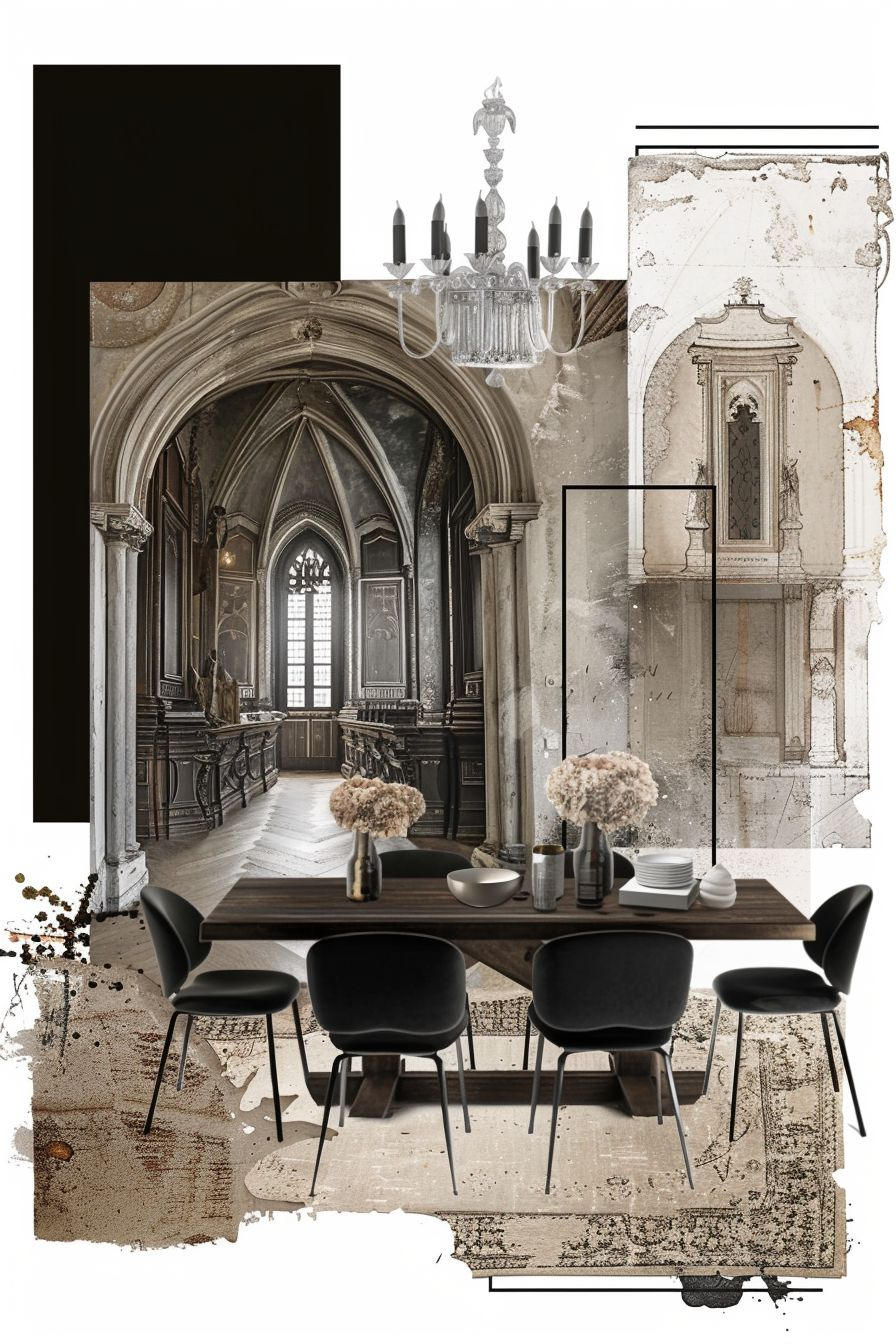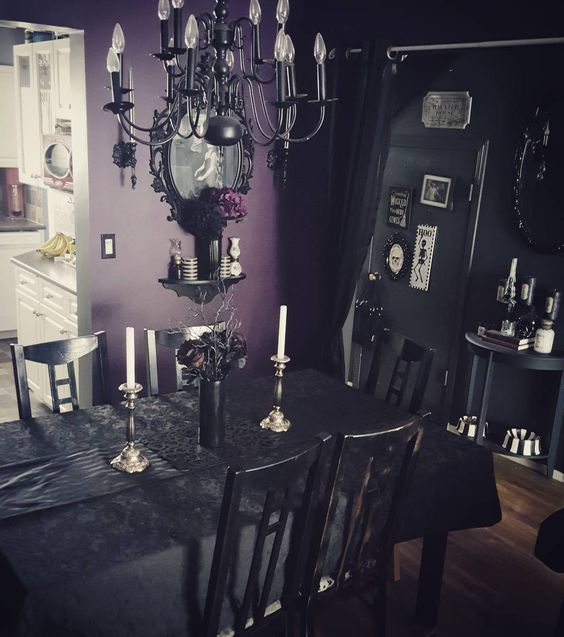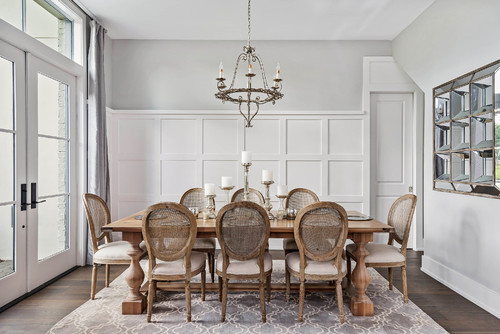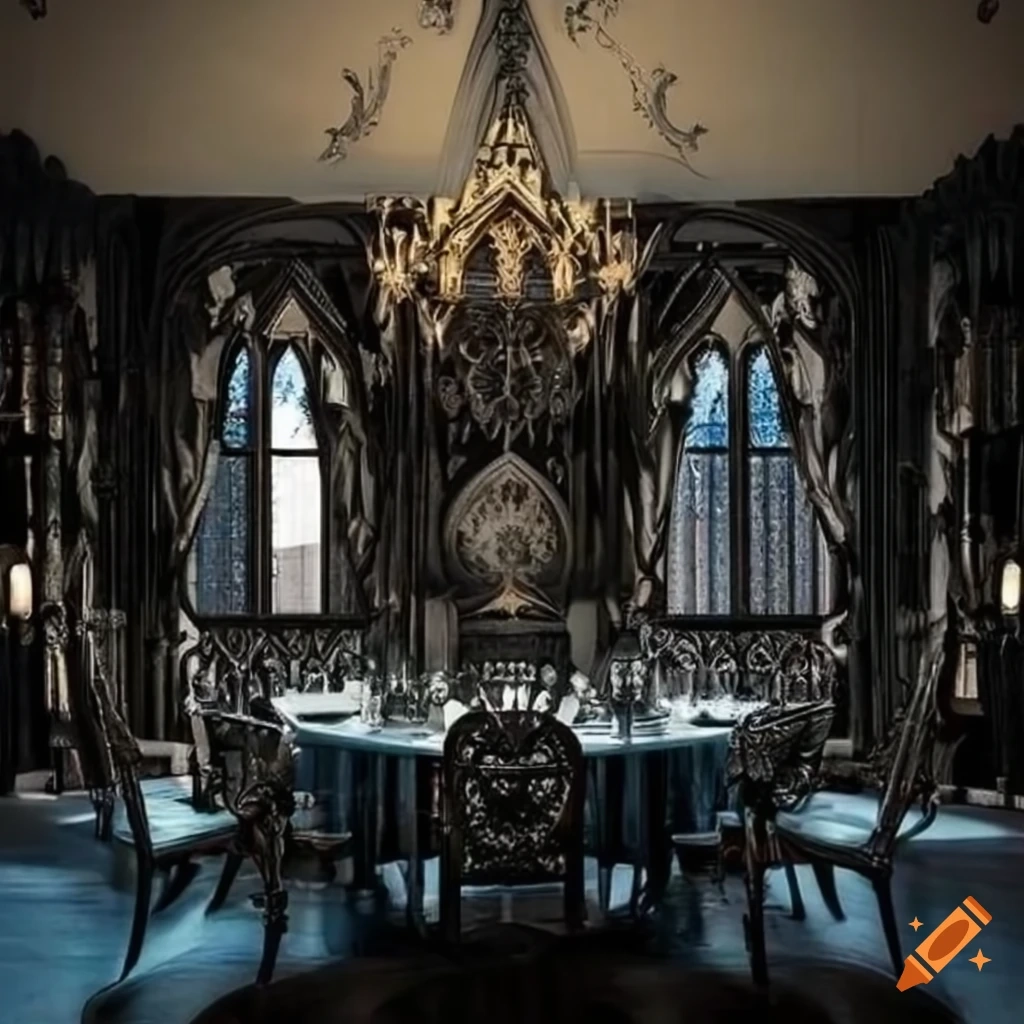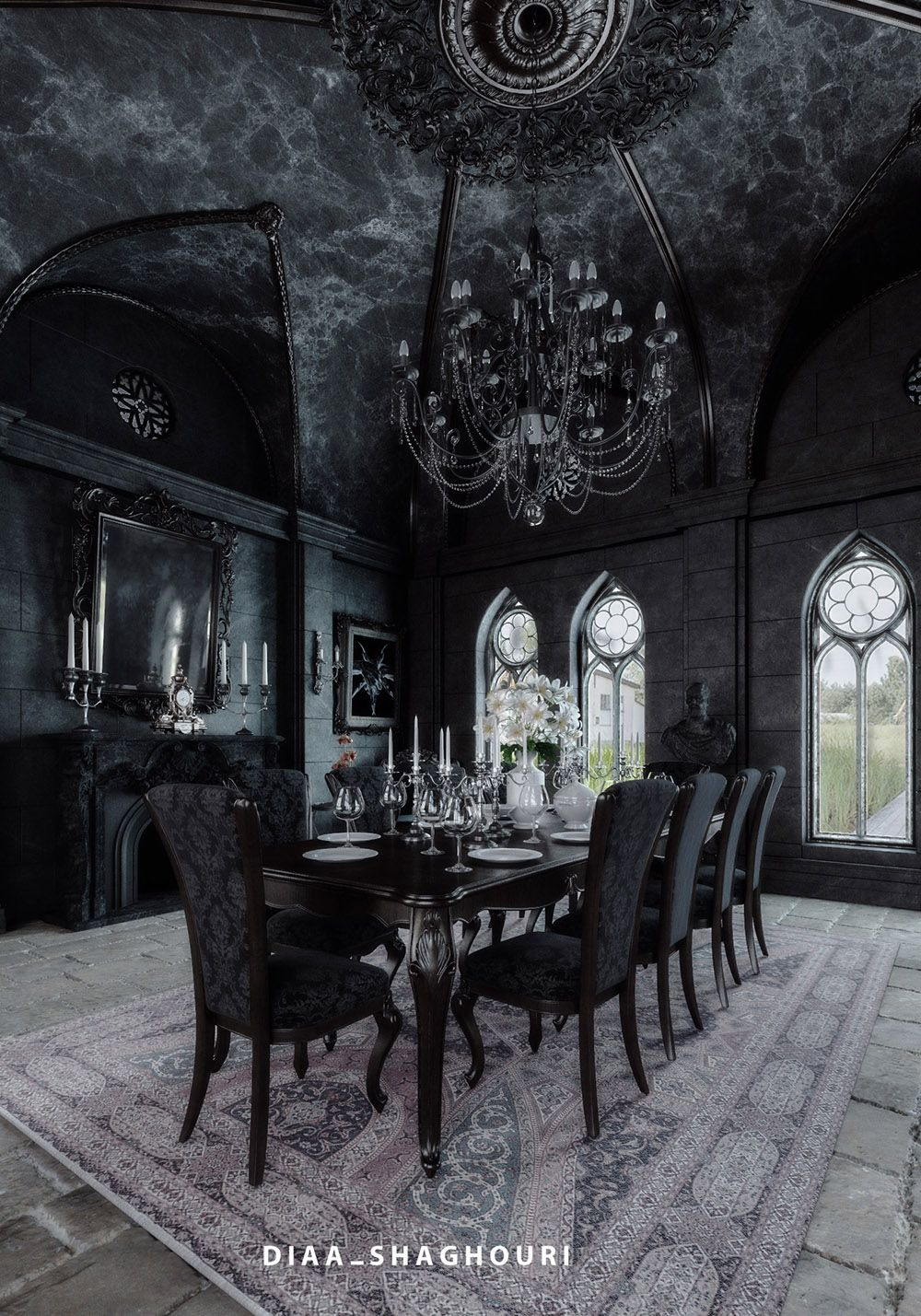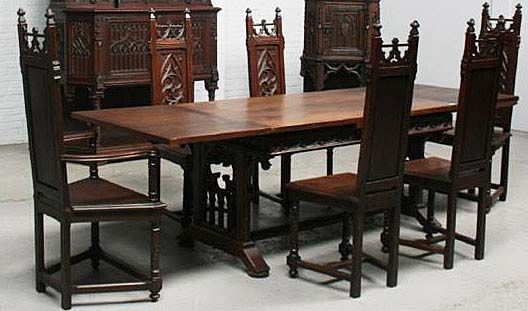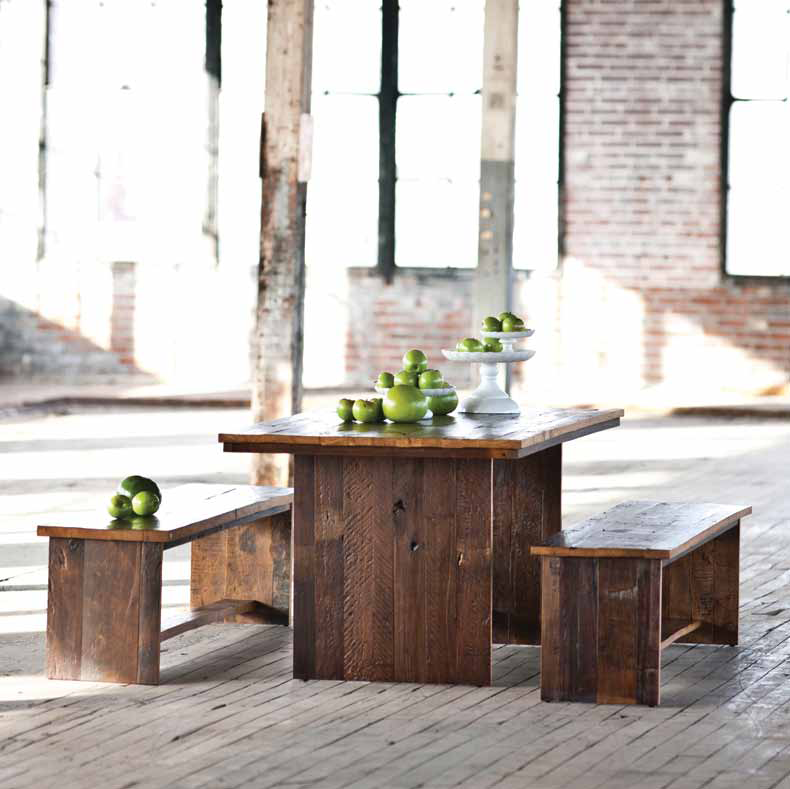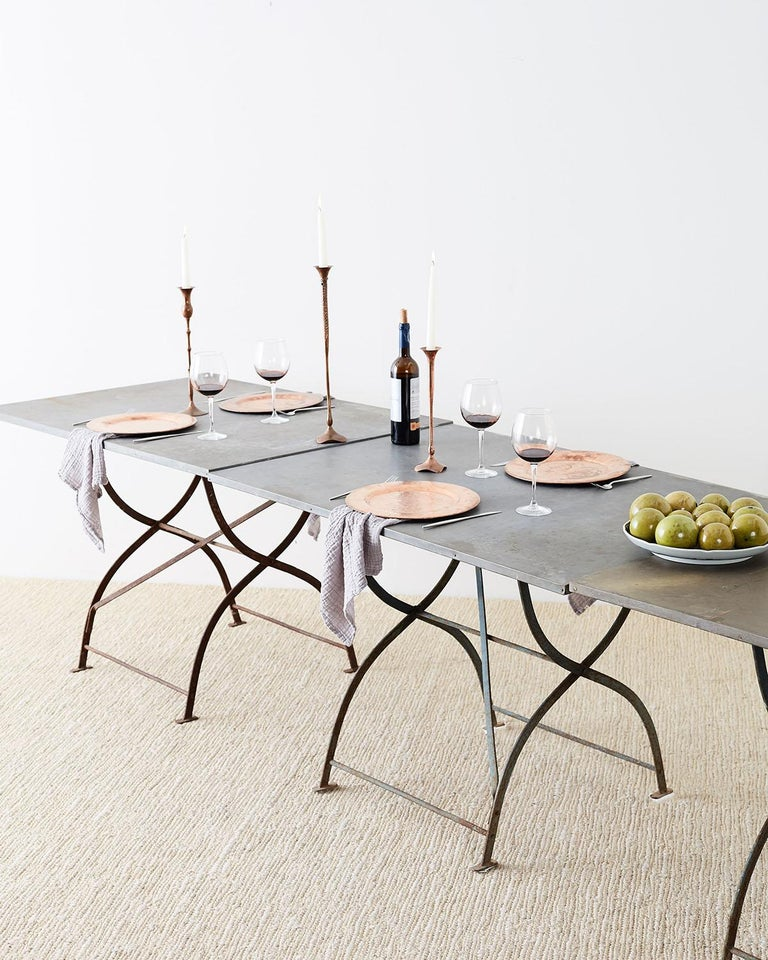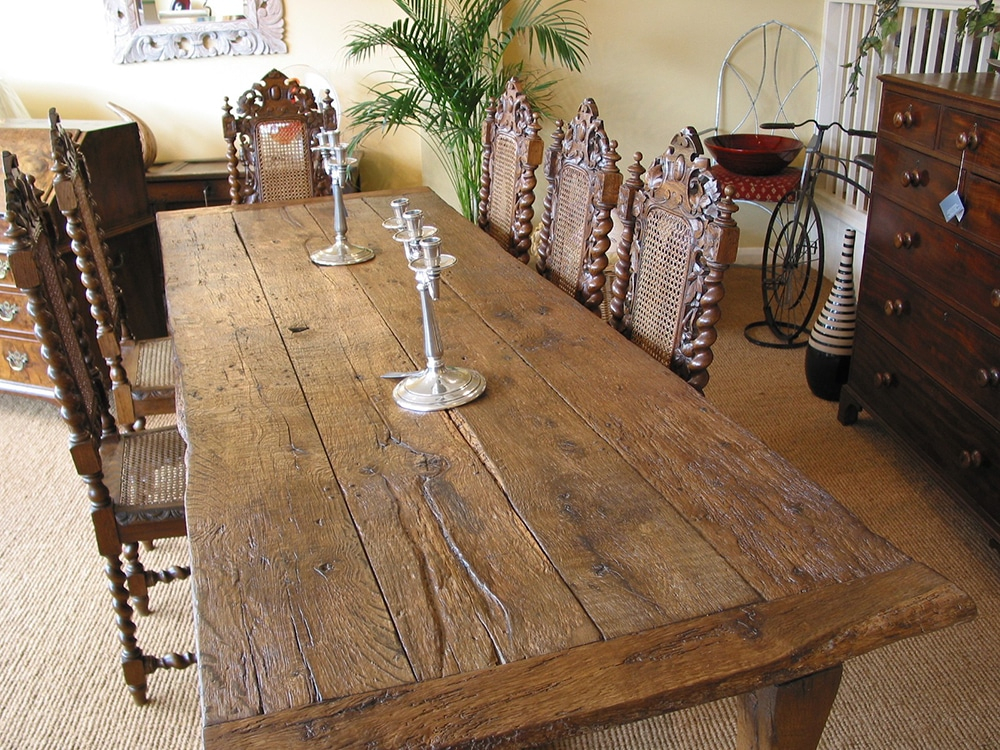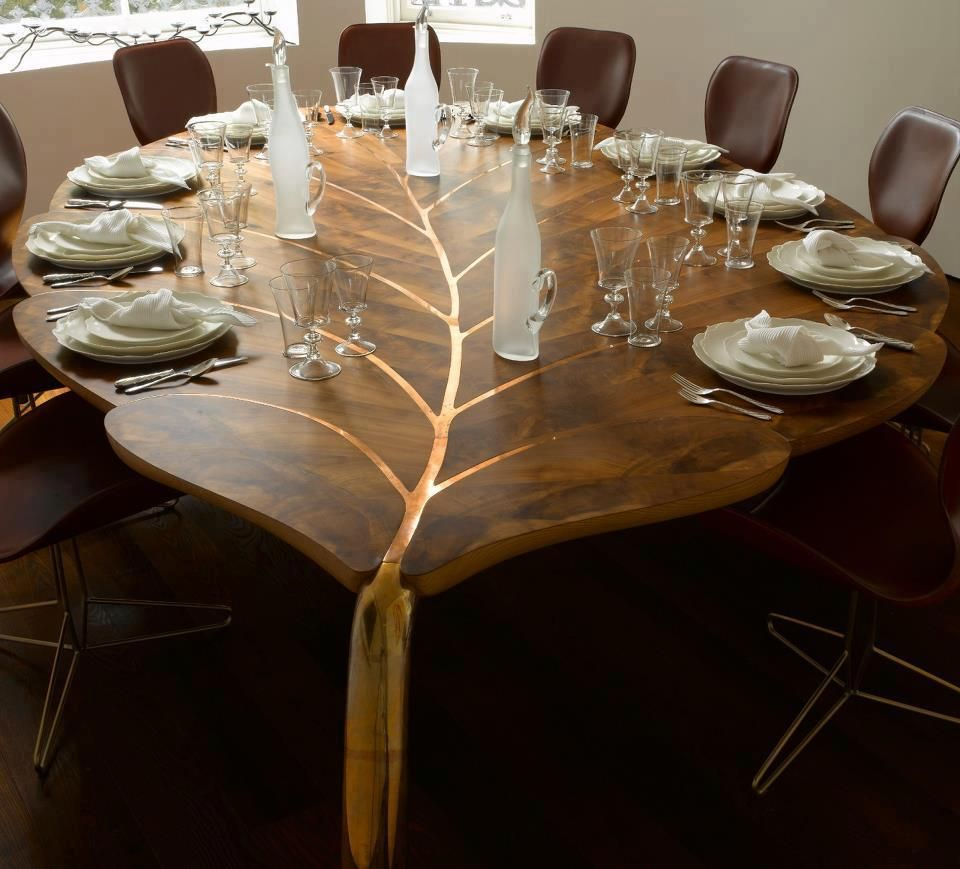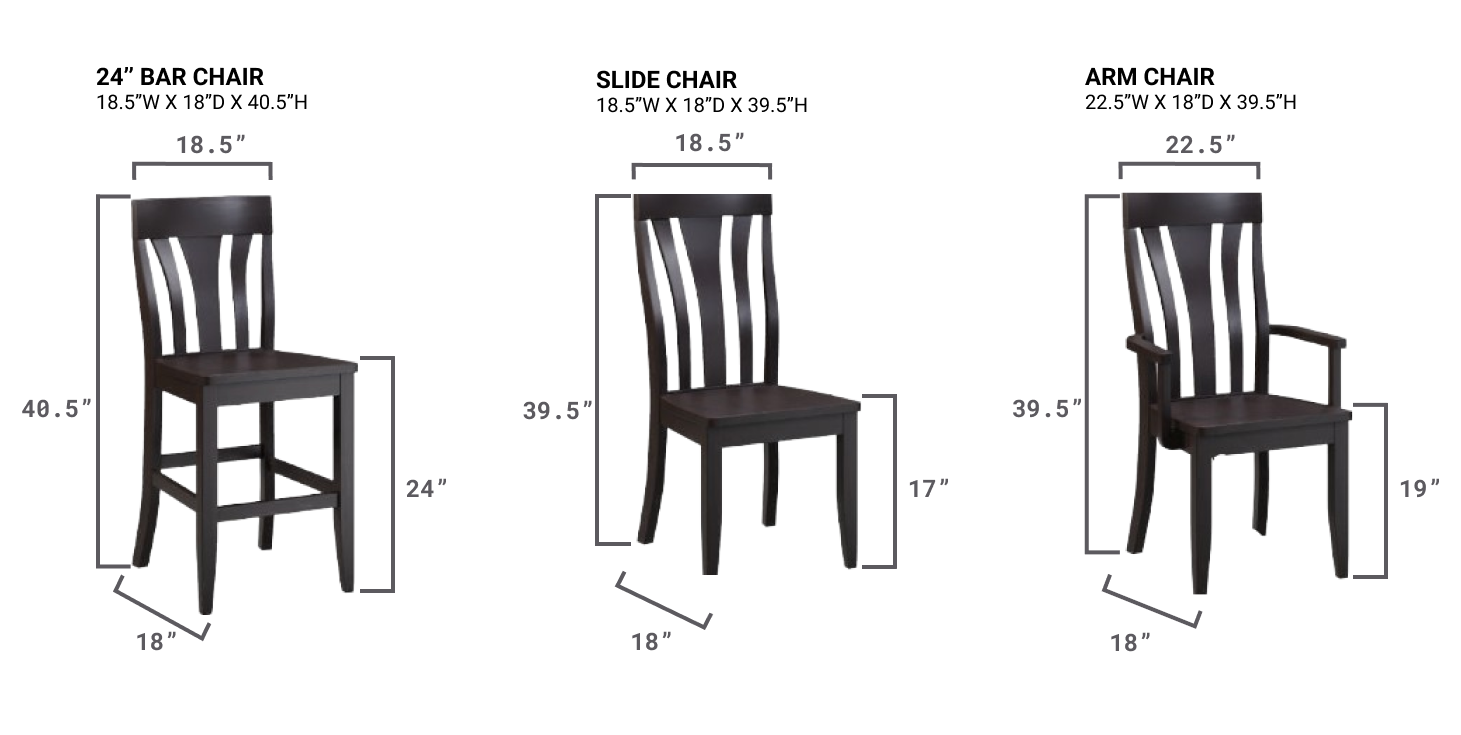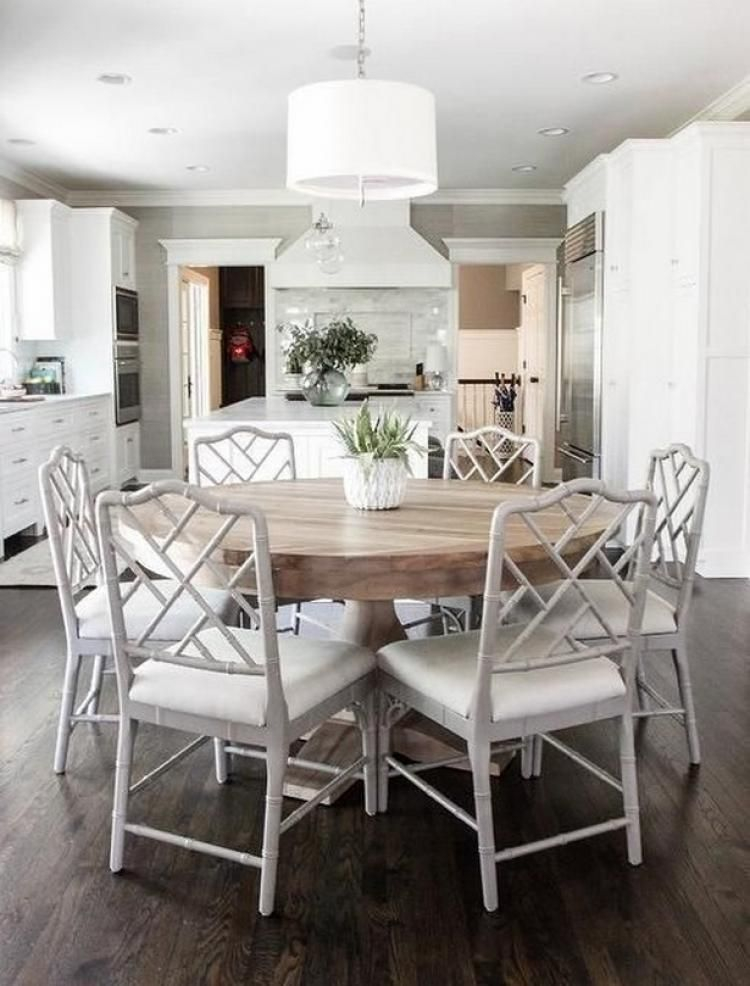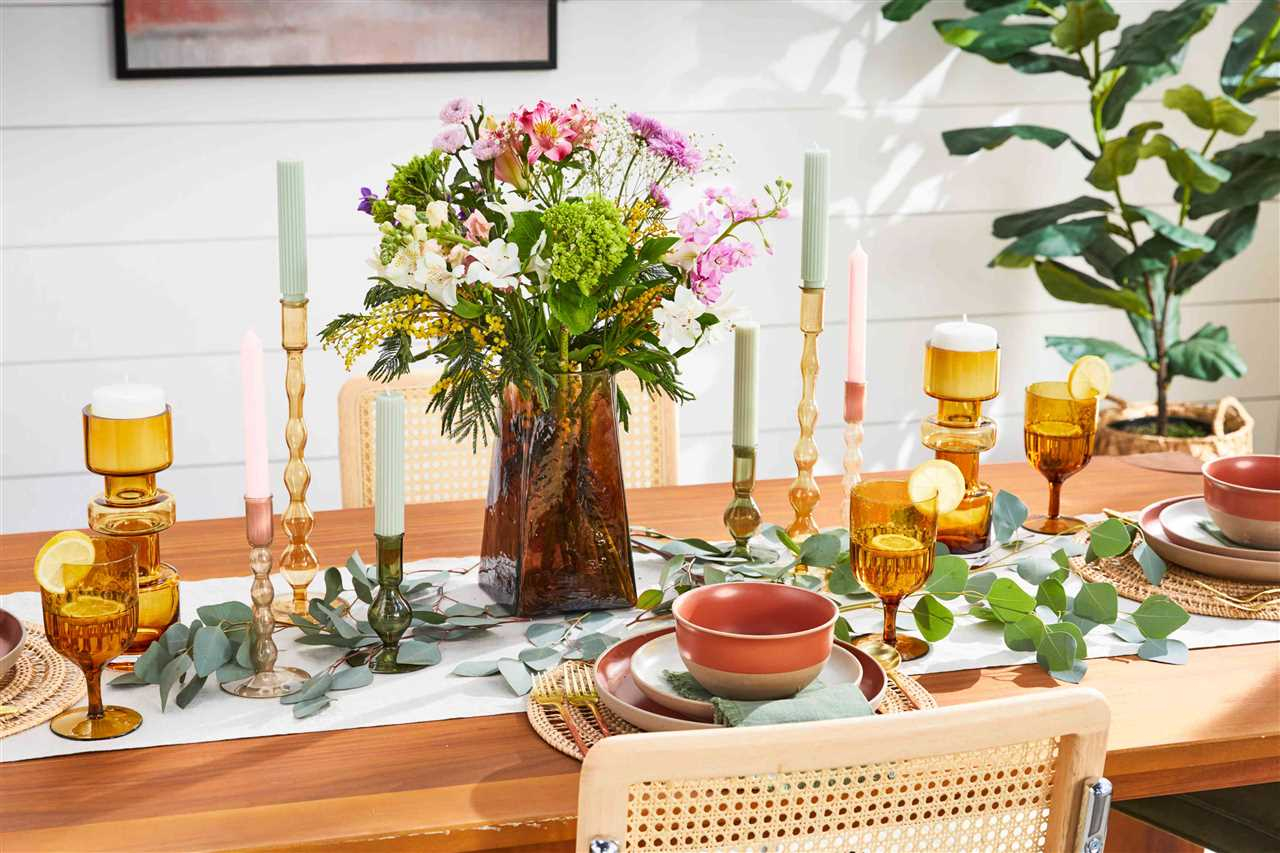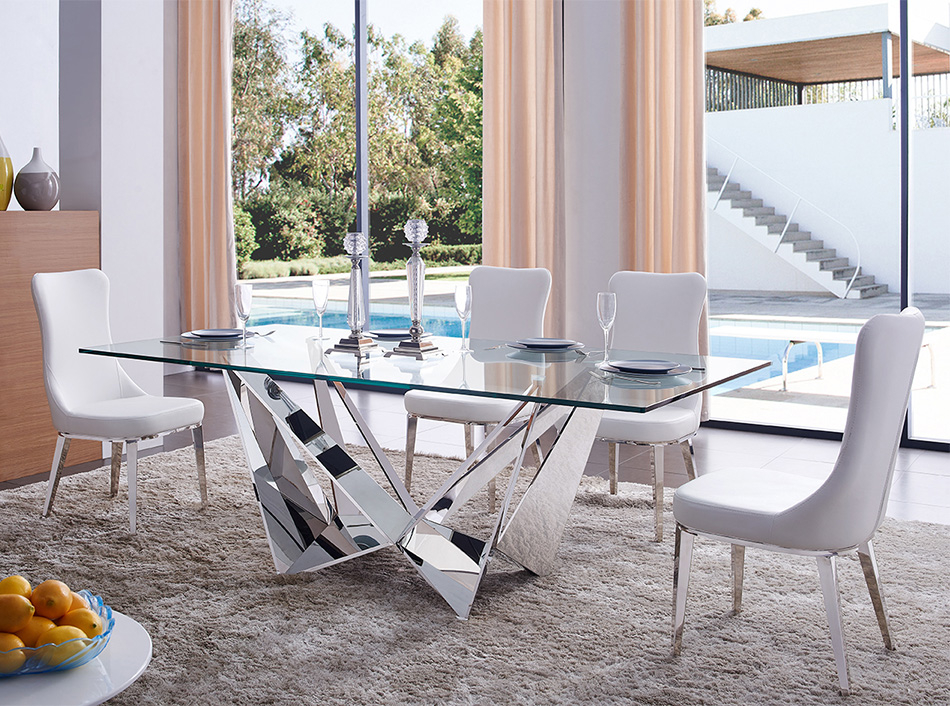Have you ever walked into a room and felt an immediate sense of drama and history? Often, that feeling is thanks to the furniture, and few styles evoke such a powerful atmosphere as Gothic. When it comes to dining rooms, a Gothic table isn’t just a place to eat; it’s the centerpiece of a story, a statement of enduring style. Let’s delve into why these tables continue to capture our imaginations.
There’s something undeniably captivating about the Gothic aesthetic, isn’t there? It’s a style that whispers of ancient castles, shadowed libraries, and tales of intrigue. And at the heart of a Gothic-inspired dining room often sits the table – a piece that commands attention and sets the tone for every gathering. These tables are more than just furniture; they’re portals to a different era, infused with a sense of mystery and grandeur that’s hard to resist. So, if you’re drawn to the dramatic and the timeless, you’ve come to the right place. We’re going to unpack what makes Gothic dining tables so special and why they remain a beloved choice for so many.
What Exactly Makes a Table ‘Gothic’?
Before we dive too deep, let’s get a handle on the core elements that define a Gothic dining table. Think dramatic, think ornate. These tables often feature:
- Dark, Rich Woods: Oak, mahogany, and walnut are common, often stained in deep, moody hues like ebony, walnut, or a rich, dark cherry. The weight and texture of these woods contribute to the table’s substantial feel.
- Intricate Carvings and Details: This is where the magic happens. Look for elaborate scrollwork, acanthus leaves, floral motifs, and even architectural elements like pointed arches or trefoils. These carvings aren’t just decorative; they add depth and a sense of handcrafted artistry.
- Strong, Architectural Forms: Gothic tables often have robust bases, sometimes featuring turned legs, pedestal bases, or even substantial, carved supports. They’re built to last and to impress.
- A Sense of Grandeur: These aren’t subtle pieces. They’re designed to be a focal point, exuding a confident and almost regal presence. Even simpler designs often possess a certain gravitas.
The Historical Roots: From Cathedrals to Dining Rooms
The Gothic style itself emerged in the late medieval period in Europe, most famously seen in the soaring architecture of cathedrals. Think pointed arches, ribbed vaults, and flying buttresses – all designed to draw the eye upward and create a sense of awe. This architectural influence naturally translated into furniture design. Early Gothic furniture was robust, often made from heavy timbers, and featured the same pointed arch motifs and ornate carvings seen in churches and castles. Over centuries, these elements evolved, but the core principles of dramatic form and detailed ornamentation remained. When you look at a Gothic dining table, you’re seeing echoes of that rich history, a connection to craftsmanship that valued both strength and beauty.
Materials and Craftsmanship: The Foundation of Gothic Tables
The foundation of any great Gothic dining table is its materials and the skill of the craftsperson. Solid hardwood is almost always the material of choice. Why? Because it can support the often complex designs and provides a beautiful, durable surface. The finishing is also crucial. Deep stains enhance the natural grain of the wood, giving it a lustrous sheen that catches the light. Hand-carving is a hallmark, and you can often spot the subtle variations that indicate a piece wasn’t mass-produced. Whether it’s a centuries-old antique or a modern interpretation, the quality of the wood and the precision of the work are what truly elevate these tables. It’s about substance and enduring quality, something you can feel when you run your hand over the surface.
Key Design Features to Look For
When you’re scouting for your perfect Gothic dining table, keep an eye out for these distinctive features:
- Pedestal Bases: Often featuring a central column with splayed, carved feet, these bases are both stable and visually striking, allowing for ample legroom.
- Carved Legs: Forget plain square legs. Gothic tables might boast turned legs with intricate detailing, or more substantial carved supports that resemble architectural elements.
- Elaborate Aprons: The piece of wood connecting the tabletop to the legs (the apron) is often a canvas for carving, featuring scrolling vines, leaves, or geometric patterns.
- Tabletop Details: Some tables feature decorative edges or even inlaid patterns, adding another layer of visual interest. Extending leaves are also common, making them practical for entertaining.
Creating the Gothic Ambiance: Beyond the Table
A Gothic dining table is a powerful statement, but to truly complete the look, consider the surrounding elements. Think about:
- Chairs: Upholstered chairs with dark wood frames and perhaps nailhead trim or damask fabric complement the table beautifully. High-backed chairs can enhance the dramatic effect.
- Lighting: A chandelier with a wrought-iron finish or dark metal accents can cast a warm, inviting glow. Dimmer switches are your friend here for setting the mood.
- Color Palette: Deep jewel tones like burgundy, emerald green, sapphire blue, or rich purples work wonderfully. Consider charcoal grey or deep forest green for a more subdued approach.
- Accessories: Heavy drapery, antique-inspired mirrors, ornate candelabras, and perhaps a piece of dark, moody art can all contribute to the overall atmosphere. Don’t be afraid of a little drama!
Modern Interpretations: Gothic for Today’s Homes
While the classic Gothic style is undeniably striking, it’s also incredibly adaptable. You don’t need a medieval castle to appreciate its charm. Modern interpretations often take the core elements – dark wood, strong lines, and a touch of carving – and simplify them for contemporary living. You might find a table with cleaner lines but still featuring a beautifully carved leg or a dark, rich finish. Or perhaps a table that uses black or dark metal in conjunction with wood, offering a more industrial or minimalist take on the Gothic feel. These updated versions allow you to bring that sense of history and drama into your home without overwhelming the space. It’s about finding a balance that speaks to you and your personal style.
Gothic dining tables offer a unique blend of history, artistry, and dramatic flair. They are more than just places to share meals; they are conversation starters, pieces of functional art that tell a story. Whether you’re drawn to the intricate details of a centuries-old design or the cleaner lines of a contemporary interpretation, there’s a Gothic table out there waiting to anchor your dining space and infuse it with timeless elegance and a touch of captivating mystery. So go ahead, explore the possibilities and let the enduring allure of Gothic dining tables transform your home.


